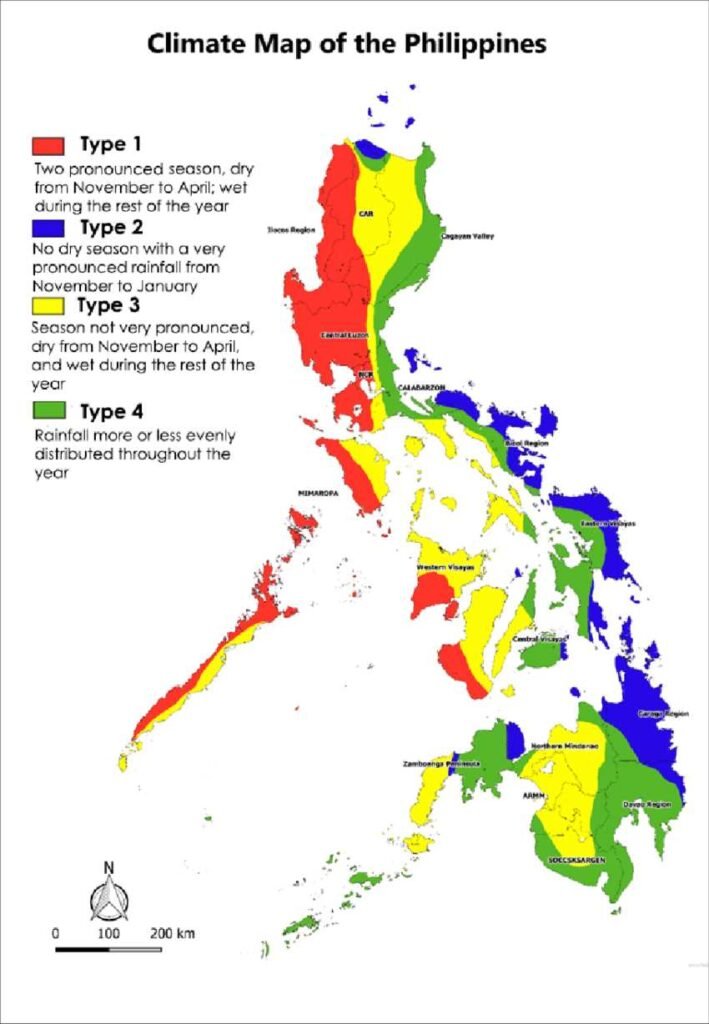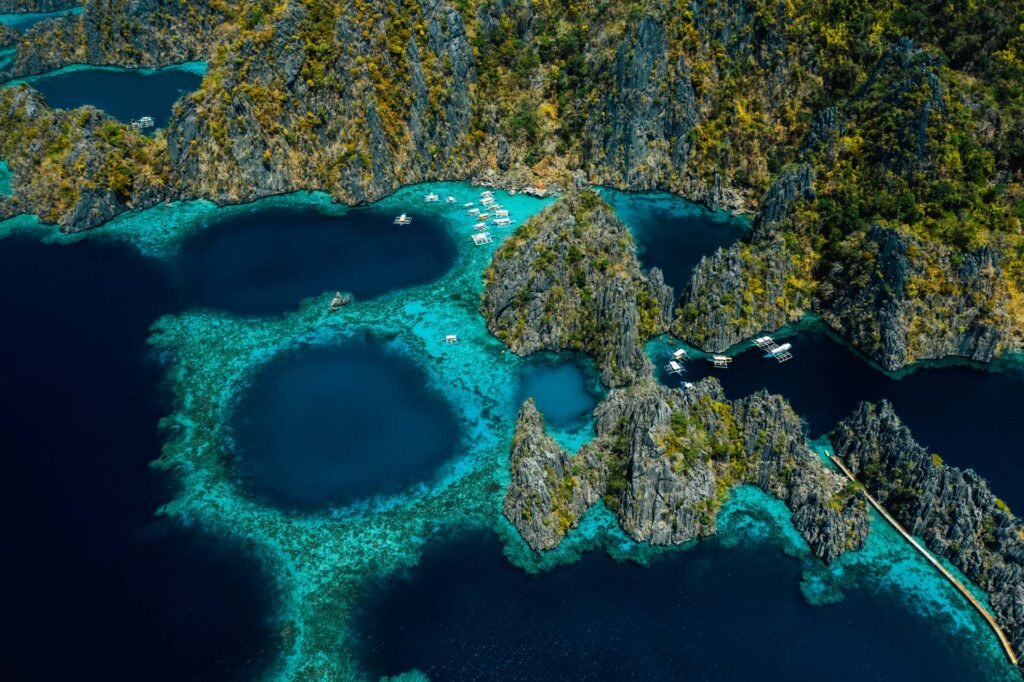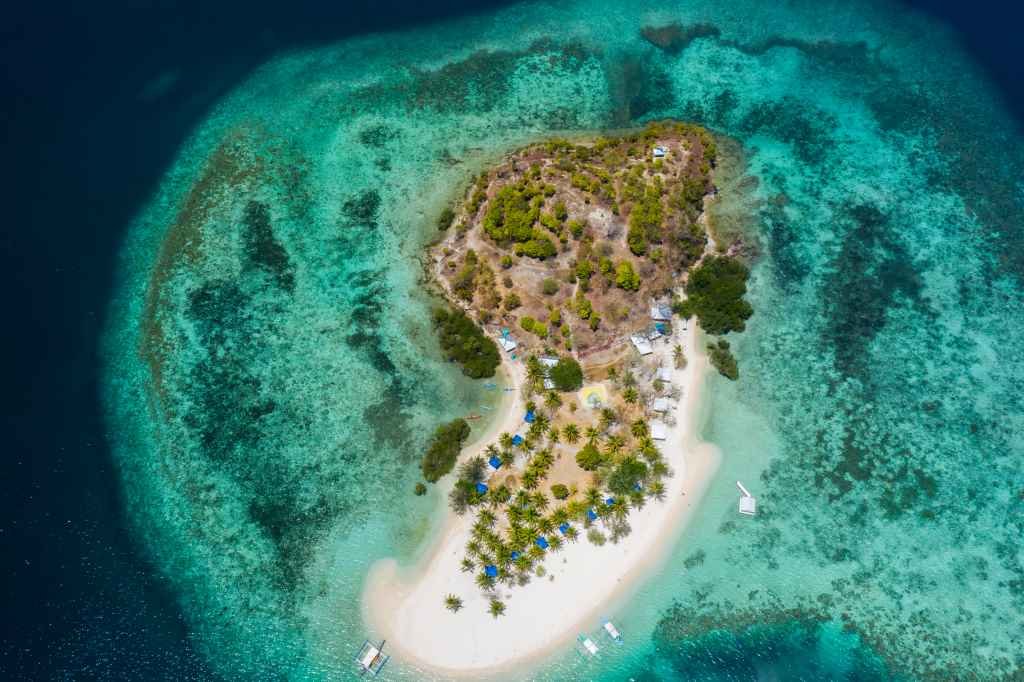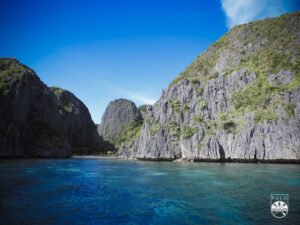When planning your vacation in the Philippines, regardless of the location, be sure to factor in the weather at the planning stage. This is an important step to consider early on.
Weather, especially in the Philippines, can greatly impact your trip, influencing everything from the clothes you pack to the transportation options and activities available.
By understanding the different climates and weather patterns throughout the Philippines, you and your group or family can maximize your enjoyment, stay safe, and avoid wasting precious time.
What are the Climates in the Philippines?
The Philippines, despite its tropical location, experiences four distinct climate types due to variations in rainfall patterns throughout the year. The specific climate you encounter will depend on your chosen destination.
Understanding these climate classifications used in our country can help you with your planning. This is because different parts of the Philippines have different climate classifications. So, knowing where you are going and the climate that place is classified as will give you ideas for your planning.
Type I Classification
Type 1 classification is when there is a distinct dry and a wet season. Dry season from November to April and wet season from May to October.
Type II Classification
Type II classification is when there is no dry period at all throughout the year, with a pronounced wet season from November to February.
Type III Classification
Type III classification is when there is a short dry season, usually from February to April.
Type IV Classification
Type IV Classification is when the rainfall is almost evenly distributed during a one-year period.

Weather Factors to Consider When Planning Your Trip to the Philippines
These factors can affect the overall experience of your trip. As the planner, consider these factors for your enjoyment and safety.
Typhoons and Rainfall
Our country is prone to typhoons, with an average of 20 typhoons entering the PAR (Philippine Area of Responsibility) every year. Many of these typhoons make landfalls. Typhoon season usually starts in June and ends in October, with August and September being the worst month for traveling anywhere in the country.
During these months, typhoons bring heavy rains that can cause flooding, landslides, dangerous sea currents and tides, and damaging winds. Typhoons during this period can disrupt transportation, particularly maritime travel.
Weather Temperature
Depending on the province or location you are visiting in the Philippines, temperatures will vary greatly. If you visit places in the Cordillera Mountain Range like Baguio, Banaue, and Sagada, you will experience cooler temperatures. If you visit lowlands like Manila or famous beaches like Boracay, you will experience warmer temperatures. Altitude, as with any other country, affects the temperature.
Generally, it is hot in the Philippines, with temperatures ranging from 26.0°C to 28.0°C (78.8°F to 82.4°F).
Humidity
Humidity in the Philippines remains high throughout the year, averaging between 71% to 85%. During the summer months, from March to May, outdoor activities like hiking and cycling can be particularly uncomfortable. This can lead to feelings of sluggishness, fatigue, and overheating, so it’s essential to stay hydrated throughout the day.
High humidity can pose a challenge for some foreign travelers, but with proper precautions, you can still have a comfortable and enjoyable trip to the Philippines.
Seasons
There are two major seasons in the Philippines: the rainy season and the dry season. These seasons can significantly impact how you plan your trip, from the clothes you need to pack to the types of outdoor activities you can enjoy. More importantly, they can affect the overall enjoyment of your trip.
What’s the Best Months to Travel to the Philippines?
Based on the information provided, the best months to travel to the Philippines for good weather would be during the dry season, which is from November to April. Here’s why:
1. Less Rain
You’ll experience less rain compared to the wet season (May to October), reducing disruptions to activities and transportation, especially for outdoor adventures or island hopping.
2. Lower Chance of Typhoons
The typhoon season peaks from June to October, with the highest risk in August and September. Traveling during the dry season minimizes the chance of encountering typhoons and their associated dangers like floods and landslides.
3. Pleasant Temperatures
While the Philippines is generally hot year-round, the dry season coincides with slightly cooler temperatures due to the northeast monsoon, making it more comfortable for sightseeing and outdoor activities.
And What’s the Best Time To Travel to Coron?
Coron, Busuanga, and Culion are classified under the Type I climate, as shown in the Climate Map of the Philippines. Type I climates have two pronounced seasons: dry from November to April and wet during the rest of the year. Based on experience, we can confidently say that the best time to travel to Coron is from November to April.
In Summary: Weather Considerations in the Philippines that you Need to Know
Remember to research the specific climate type (I-IV) of your destination for a more precise understanding of rainfall patterns. Temperatures can vary depending on altitude. Mountain areas are cooler, while lowlands are generally hotter.
Choose the months within the dry season (November to April) that best suit your travel preferences and desired weather conditions in the Philippines.

Exclusive Coron Island-Hopping Tour Speedboat
Explore stunning emerald lakes and breathtaking limestone formations.

Exclusive Coron Snorkeling Tour via Speedboat
Explore Busuanga’s underwater marvels and historic shipwrecks.






